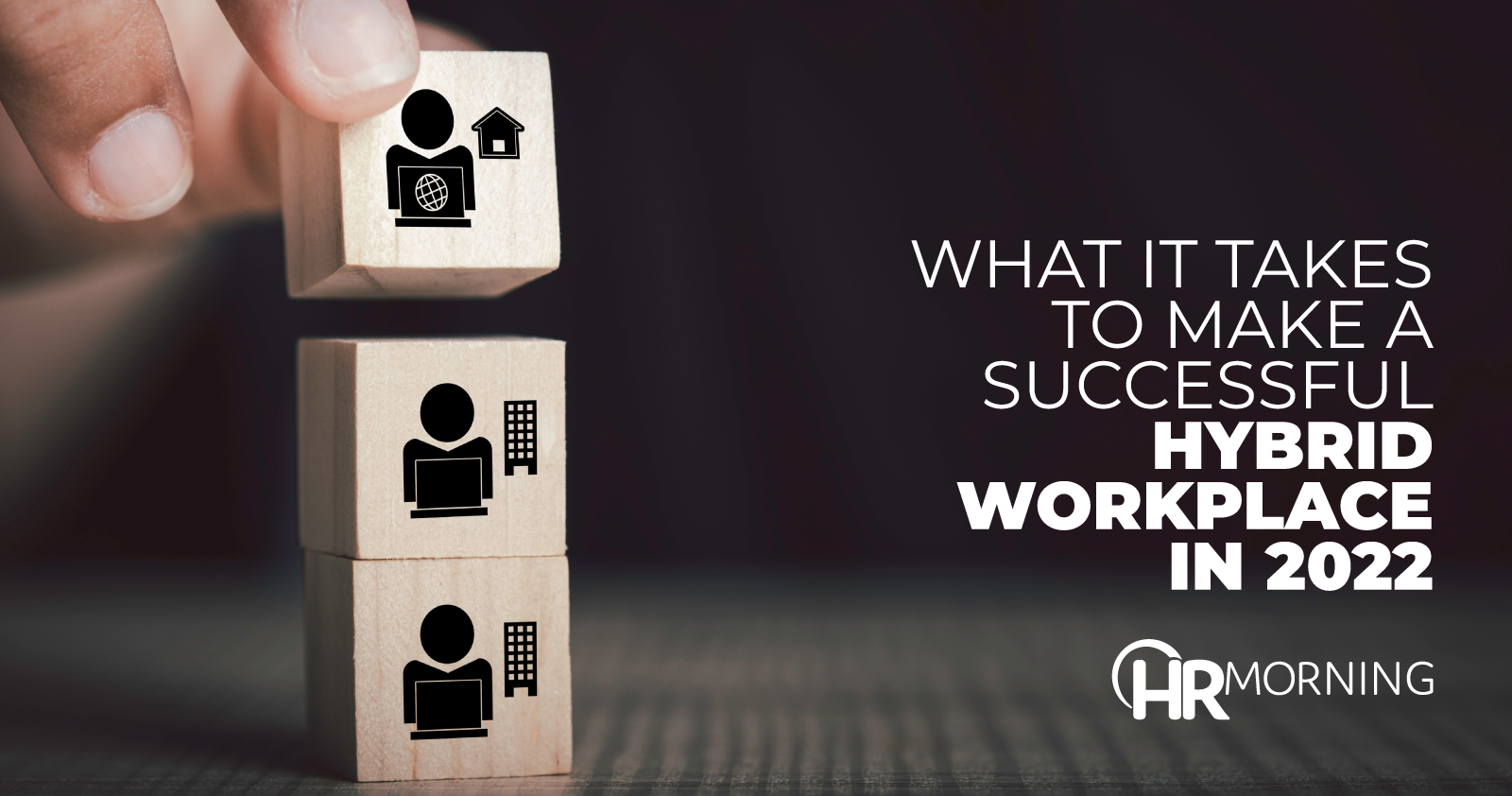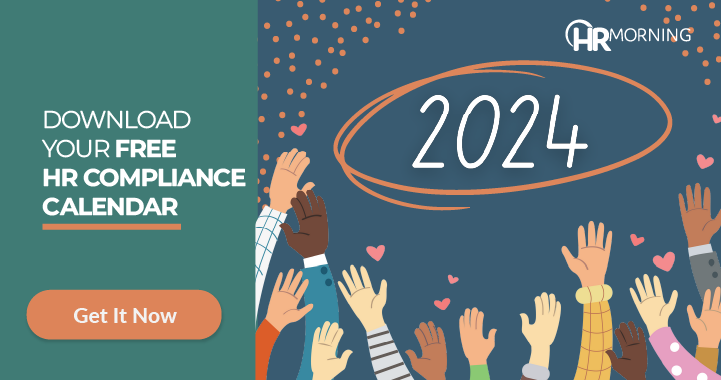We all thought working from home would be a short-term fix for the pandemic. But here we are over two years later and for many, today’s hybrid workplaces are reality.
Experts say the new COVID-19 variant, BA.2, spreads more easily than omicron. And while cases are popping up in the U.S., it’s hard to predict the number of cases because there are people taking at home tests and keeping their results quiet.
So, it’s safe to say that while things are getting better, no one really knows how long it’ll last. Therefore, most employers are sticking with remote or hybrid workplaces.
Complexity of hybrid workplace
Despite having hybrid and remote workplaces in place for over two years, not all employers have come to grips with the complexity of a hybrid work environment.
To gain some insight on the critical factors at play with hybrid work environments, Executive Networks and meQuilibrium put together a research report. Conducted in the fall of 2021, it surveyed 912 leaders, business leaders and individual contributors from various sized businesses and industries across the U.S. Researchers questioned participants about their feeling toward hybrid, remote and onsite work environments, and their level of satisfaction, well-being and resilience.
The study found five critical trends responsible for successful hybrid work environments:
Mismatch of actual and desired workplace
There’s been a huge emphasis on mental health since the start of the pandemic. And the sad thing is, employees’ mental health takes a hit when employees aren’t in their desired work environment. The study found that more than two in five employees (42%) currently aren’t working in their desired setting. This mismatch between the desired setting and the actual setting leads to faster burnout and more employees quitting.
Clarity, transparency critical for hybrid guidelines
When employers don’t give their employees clear guidelines for their new hybrid work environment, they hurt engagement. That’s because most policies focus on on-site employees. Two years ago, that made sense because most companies had 100% on-site employees. But that’s not the world we work in anymore. Companies must update their employee guidelines for hybrid work. Employees feel connected to their company and co-workers when they know what’s expected of them. The study found 88% of employees who work at companies with clear cut hybrid working guidelines feel connected to their work and co-workers. While only 64% of people without clear guidelines have those same feelings.
Career conundrum between hybrid vs. onsite work
Want a promotion? Then work on-site. At least that’s what most people think. Yet nearly half of all the study respondents said they prefer hybrid work. Specifically, 48% of business leaders and 45% of individual contributors said they prefer the hybrid work environment. Yet 47% and 43%, respectively, also said they believe the fastest way to receive a promotion is to work on-site. Companies must rework their career advancement ladders and let it be known to employees that you don’t have to work on-site full time to get a promotion.
Positivity’s key to adapting successfully
Resiliency was a must-have trait for employees during the pandemic. But the one thing that drove resiliency, according to the study, was “realistic optimism.” What’s that? It’s “the ability to maintain a positive outlook without denying reality.” This, according to the study authors, is the force behind resiliency and being able to adapt successfully to demanding situations. In fact, 39% of respondents said it was the most important trait to have when it comes to adapting to workplace changes. The other traits were stress management (22%), focus (15%), empathy (13%) and emotional intelligence (11%).
Inadequate support damages morale, retention
This should be a no-brainer. No employee should feel neglected. They need to feel valued just as much as the next person, no matter the environment they work in or the job they do. The perception of fair treatment impacts morale and engagement in a big way. However, the study found employers new to hybrid work environments may not be doing enough to make all their employees feel valued and supported. Not surprising, leaders and individual contributors, said on-site workers are valued more than other work settings.
So, if you have a hybrid workplace, there’s no time like now to look over these five trends and make sure you are doing things that promote a positive work environment. Survey your employees and see if how leaders feel and how the rest of the staff feel are the same. If not, find out where the differences are and make a plan to fix them.



